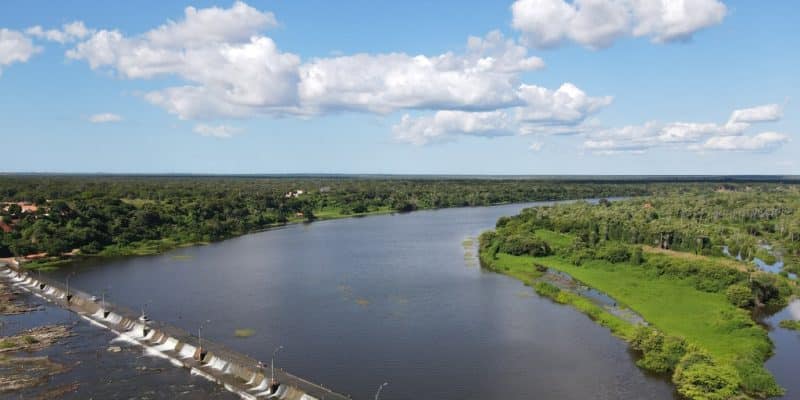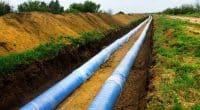At a time when southern Botswana is facing an unprecedented water crisis, exacerbated by drought, the government is planning to transport 495 million m3 of water a year from the Chobe-Zambezi river to the area, in order to improve water supply to the population. The Botswana authorities are counting on a public-private partnership (PPP) to achieve this objective.
Now it’s official. Botswana’s Water Utilities Corporation (WUC) wants to sign a public-private partnership (PPP) to get the Chobe-Zambezi river water transfer project off the ground. Although no invitation to tender has been issued to date, it is expected to be issued soon, as the state-owned water utility intends to inform “potential bidders” through an online meeting.
According to the WUC’s schedule, a company will have to be appointed by the end of 2024 to build, own, operate and then transfer the project to the State of Botswana under an agreement signed beforehand. In all, 495 million m3 of water will be pumped from the river every year. The resource will be transported to southern Botswana via a 1,500 km pipeline network.
“The pipes will run from the abstraction point at Kazungula to Mmamashia, with two branches to Maun and Orapa,” says the WUC. The state-owned company expects the hydraulic project to be financially complete in 2025. In the same year, exploitation of the Chobe-Zambezi river should begin.
Read Also – BOTSWANA/ZAMBIA: KfW finances €8.8 million for drinking water and sanitation
As well as improving the water supply to households, the resource will stimulate agricultural production in the south, thereby reducing imports. For the record, the southern African country is currently fairly dependent on food imports due to the lack of arable land (which can be ploughed and cultivated, editor’s note). Botswana’s food imports amounted to 13.3% in 2022, according to the World Bank’s collection of development indicators. The WUC estimates that the future water system will be operational in 2027.
Inès Magoum






